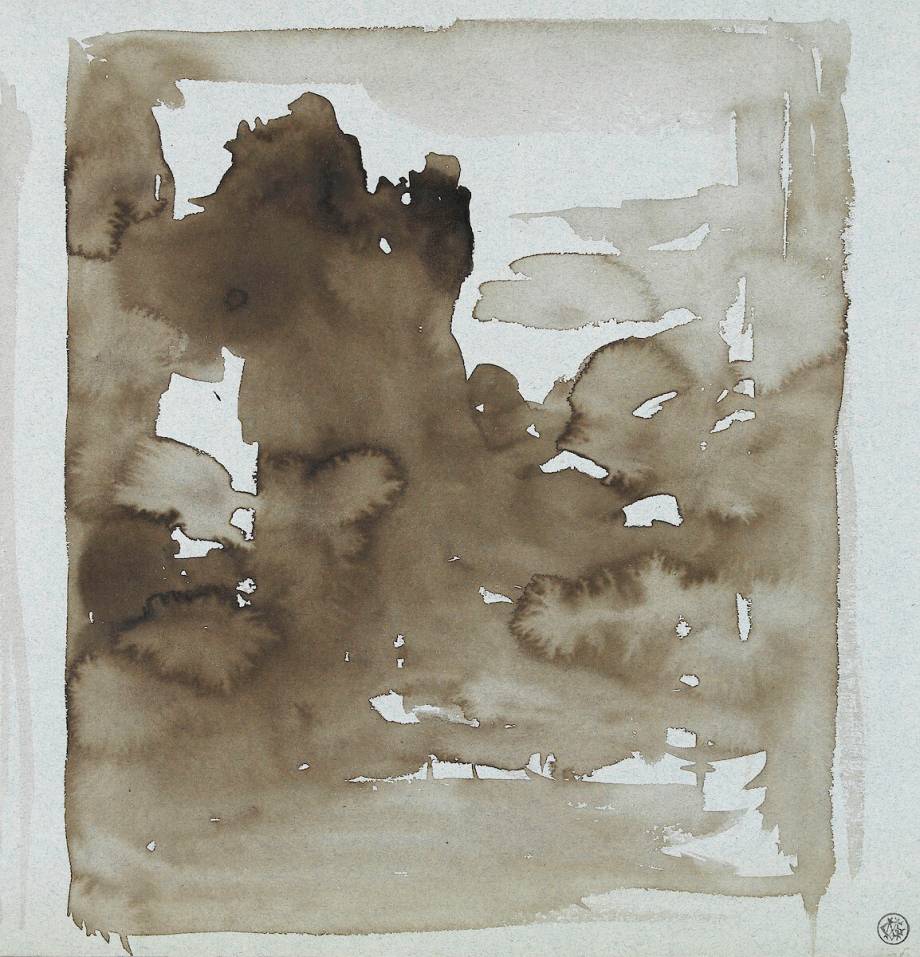Shop art print and framed art Ebauche abstraite pour les Chimères ? by Gustave Moreau
Subjects : Abstraction
Keywords : Abstract art
(Ref : 28819) © RMN /René-Gabriel Ojéda
Customise
Your art print
Ebauche abstraite pour les Chimères ? OF Gustave Moreau
The artwork
Ebauche abstraite pour les Chimères ?
Les Chimères or The Chimaeras is an unfinished painting by the French Symbolist painter Gustave Moreau (6 April 1826 - 18 April 1898) executed in 1884. It depicts a large forest scene wherein various nude women are associated with sundry figures from classical and medieval mythology –not only the titular chimeras, but also centaurs, winged creatures, fawns, minotaurs, etc. The painting is a philosophical meditation on what Moreau saw as the elemental nature of Woman, depicting the internal yearnings and dreams of women (des chimères being a French idiom indicating unrealistic dreams) through complex mythological symbolism. Moreau abandoned the work shortly after his mother's death to work on the darker polyptych La Vie de l'Humanité, considered one of his masterpieces.
Executed on a 2.36m by 2.04m canvas, Les Chimères is in the Musée national Gustave Moreau at 14 Rue de La Rochefoucauld, Paris. The scene, like many of Moreau's other pieces, is in nature –a forest—but filled with figures that blend with and complete the scenery. While still adhering to Neoclassical conventions of form, Moreau fills the canvas with creations of his own imagination. A nude woman being courted by a centaur is the focal point, while other women and their respective chimères, here taken in the meaning of fantasies or dreams,[citation needed] not only literally, fill out the piece. The fact that the painting was abandoned means that many, if not most of these figures are only sketched out and not [...]
This artwork is a painting from the modern period. It belongs to the abstract art style.
« Ebauche abstraite pour les Chimères ? » is kept at Musee Gustave Moreau, Paris, France.
Find the full description of Ebauche abstraite pour les Chimères ? by Gustave Moreau on Wikipedia.



































